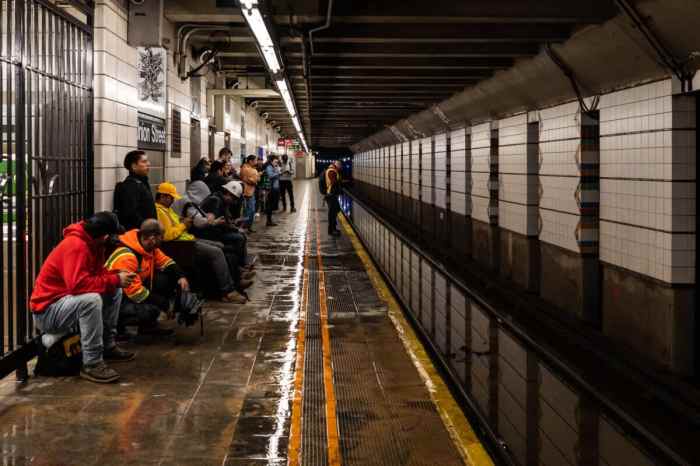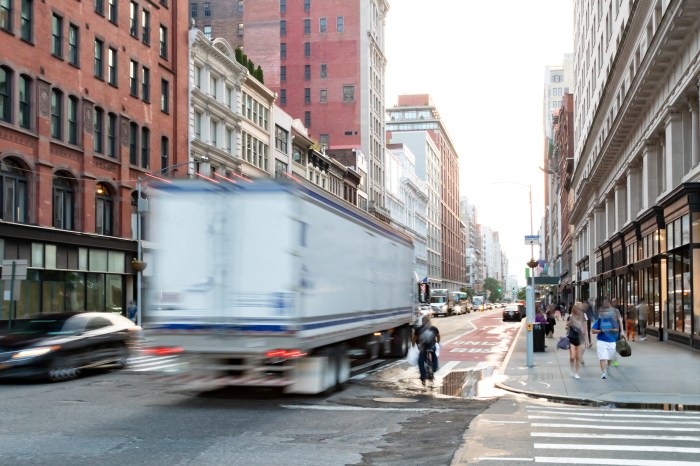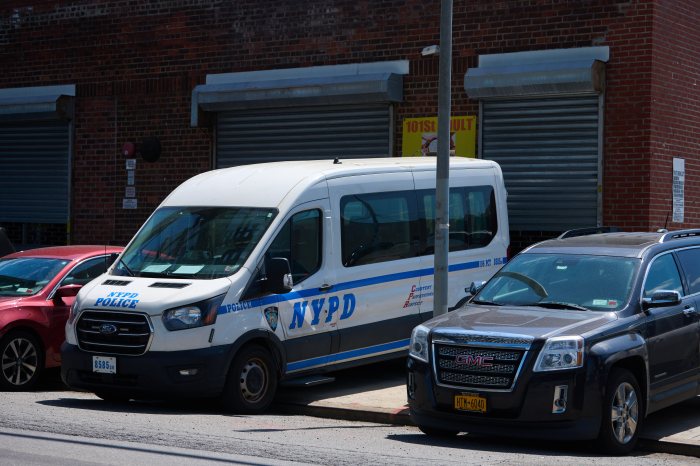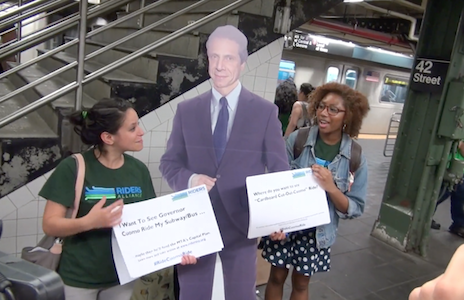
BY JACKSON CHEN | Transit advocates are calling on Governor Andrew Cuomo to immediately make good on his $8.3 billion promise of state funding for the Metropolitan Transportation Authority’s capital program, which includes projects like the long-stalled Second Avenue Subway.
Since the governor pledged the $8.3 billion to the MTA in 2015, $1 billion has already been allocated to the agency in the 2015-2016 state budget that ends March 31. In his recently proposed 2016-2017 budget, Cuomo indicated that the remaining $7.3 billion in state money would be made available to the MTA capital program after the transit agency exhausted all its available capital resources.
Once the MTA runs out of its own annual funding for its 2015-2019 capital program — which includes big ticket projects like the Second Avenue Subway, the East Side Access Project that will bring Long Island Railroad trains into Grand Central, and the Penn Station Access Project that will bring Metro North trains to the West Side — the state would provide specified portions of its $7.3 billion commitment over the four-year period.
According to the governor’s budget, the state would make available $1.5 billion in the first year, $2.6 billion in the second year, $1.84 billion in the third year, and $1.4 billion the fourth year, but only if the MTA depletes its capital resources.
After the release of Cuomo’s proposed budget on January 16, transit advocates seized on that contingency, charging that it raises doubts about the certainty of state funding for the overall MTA capital plan.
According to the governor’s budget document, “The additional funds provided by the state… shall be scheduled and made available to pay for the costs of the capital program after MTA capital resources planned for the capital program, not including additional city and state funds, have been exhausted, or when MTA capital resources planned for the capital program are not available.”
For the Riders Alliance’s deputy director, Nick Sifuentes, the language falls well short of what the group hoped to see in line item budget allocations to fulfill the governor’s commitment from last year.
“It’s kind of like telling the agency, ‘Why don’t you max our your credit cards and come back to us and we’ll pay your salary?,’” said Sifuentes.
At Grand Central Terminal on February 3, the Riders Alliance trotted out its “Cardboard Cuomo” — a PR gambit the group has used in the past to press the governor on mass transit issues — to draw commuters’ attention to the budget issue. “Cardboard Cuomo,” the group said, “‘apologized’ for his inaction on the MTA Capital Plan.”
A spokesperson for the New York State Division of the Budget, however, insisted there is no retreat from Cuomo’s MTA funding pledge.
“The Governor put unambiguous and iron-clad language in the budget to make good on his commitment to provide $8.3 billion towards the MTA’s capital plan,” the Division of Budget’s Morris Peters said in an email.
According to the governor’s office, Cuomo’s proposed budget included clear and direct language that makes the state’s billions of dollars in commitment a matter of law and said the state funds will be available whenever the MTA needs them.
MTA spokesperson Kevin Ortiz reiterated that Cuomo’s language in his budget was iron-clad and fully committed the state to provide the agency with the $8.3 billion. He added that the budget preserves a variety of options for the state money consistent with how the MTA’s capital program was funded in the past.
Still, the language irks other transit advocates, as well, including Gene Russianoff, staff attorney and spokesperson for the Straphangers Campaign.
Russianoff said he prefers more of a guarantee from the governor and the removal of the current language about the exhaustion of resources.
“You can’t take this language to the bank,” he said.
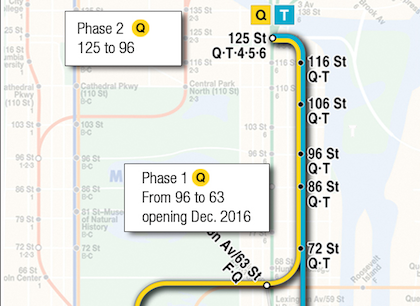
METROPOLITAN TRANSPORTATION AUTHORITY
The Straphangers’ spokesperson said that any shortfall the MTA faces from state funding would have to be made up from other sources, such as the city, the federal government, or even the liquidation of real estate assets.
Russianoff noted that Cuomo still has the opportunity to revise the language regarding MTA capital funding in amendments introduced between now and the April 1 deadline for the Legislature to adopt a final budget.
For East Siders, a key concern in the MTA’s capital program is the Second Avenue Subway project. The agency is currently still in the midst of completing the project’s first phase that will expand the Q line from 63rd Street to 96th Street by opening three new stations. While the first phase is expected to finish by December of this year, Phase Two of the project was dealt a huge blow after the MTA cut nearly $1 billion from its funding in the 2015-2019 capital plan approved in October.
With second phase completion now expected to be pushed into the MTA’s 2020-2024 capital plan, any snags in state support for the transit agency only make the project’s prospects dimmer.
“If the state says it can’t even fund what the MTA wants to do, what does it say for Second Avenue Subway?” Sifuentes said. “It sounds like the powers that be kind of walked away from getting Phase Two done.”
The MTA’s, Ortiz, however, pushed back against any suggestion the MTA was retreating on the Second Avenue project, emphasizing that the 2019 capital plan retains more than $500 million for its advancement.
“MTA is committed to moving the project forward with funds currently programmed in the plan,” he said, adding that the agency will seek additional funding under the current plan should progress warrant it.










